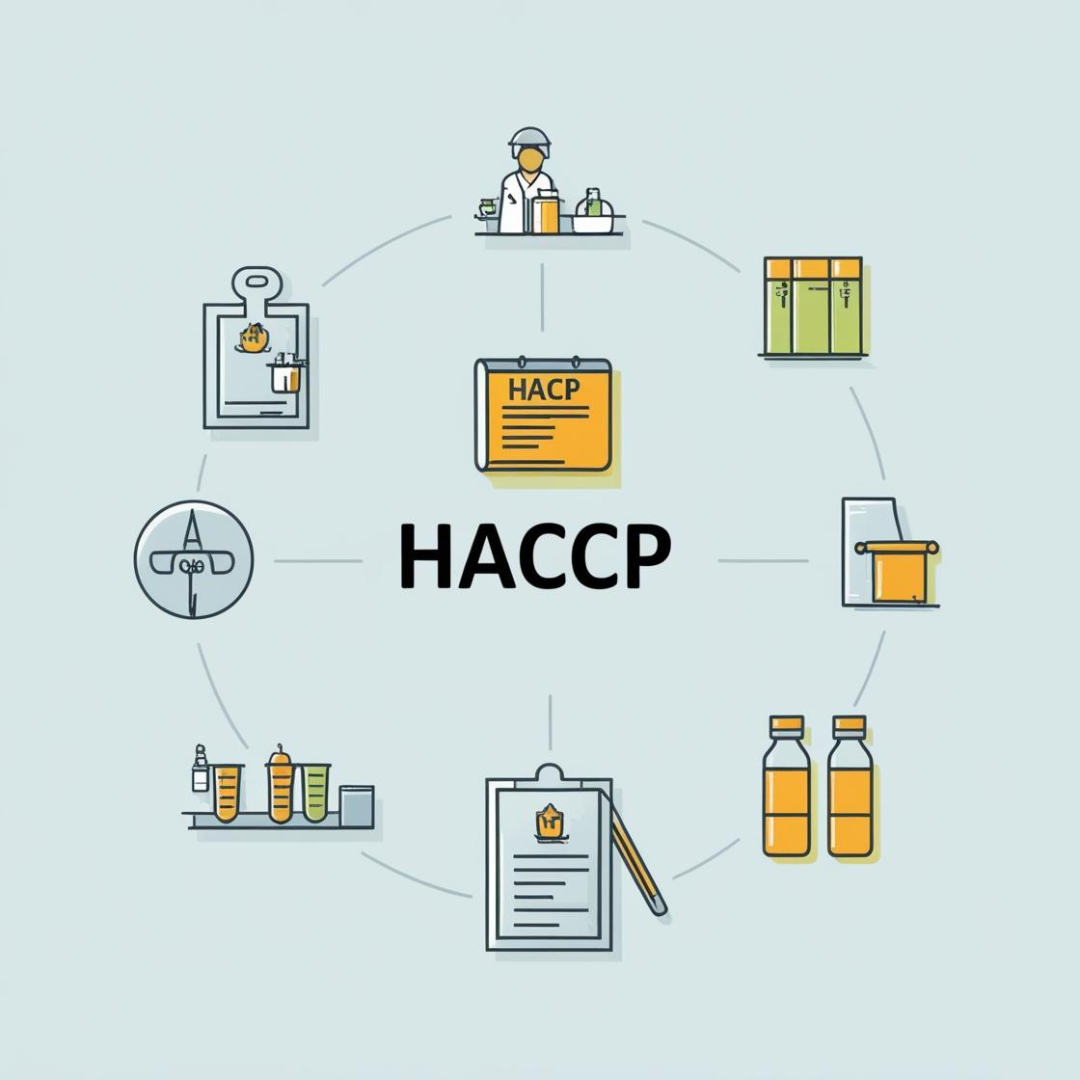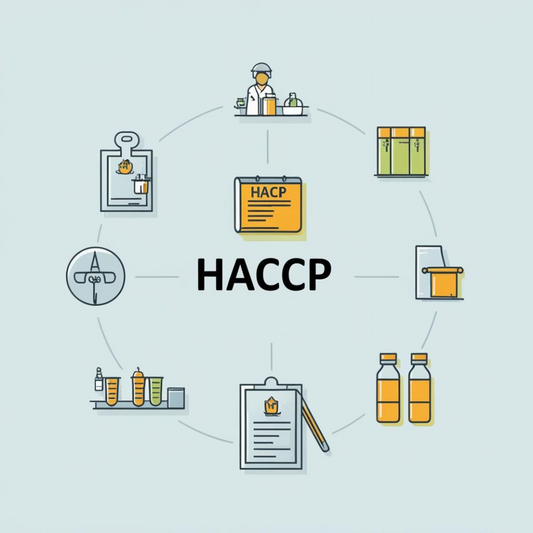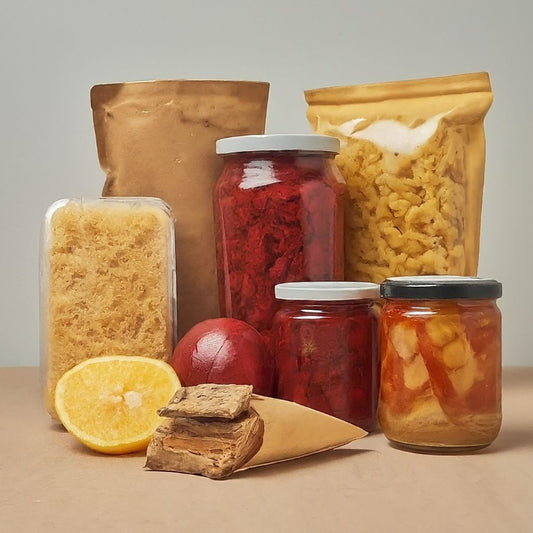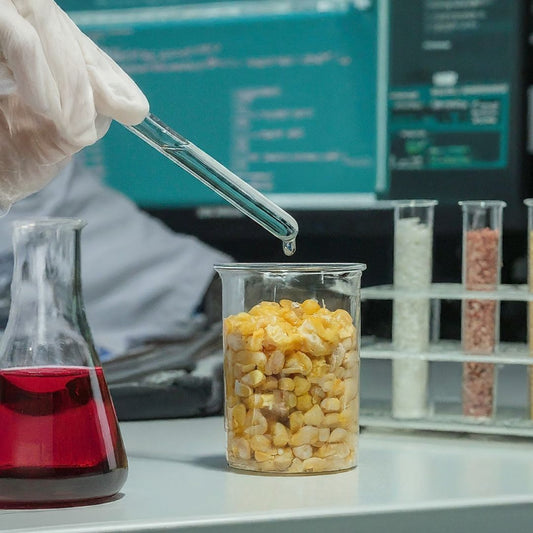*🧊 Freeze-Drying vs. Spray-Drying: Which Preserves Nutrients Better?*
Share
As the clean-label movement and functional foods rise in popularity, food technologists and brands are revisiting the pros and cons of freeze-drying and spray-drying — two widely used techniques in food preservation. Both are powerful, but they serve different purposes. Here's how they compare:
❄️ Freeze-Drying (Lyophilization)
Process:
Water is removed from frozen food via sublimation (solid to vapor) under vacuum. This gentle, low-temperature method prevents heat damage.
Nutrient Retention:
✅ Excellent — Retains heat-sensitive nutrients like:
Vitamin C
Polyphenols
Probiotics
Flavonoids and antioxidants
Pros:
Minimal nutrient loss
Maintains original structure, flavor, aroma, and color
Long shelf life with proper packaging
No need for preservatives
Cons:
High cost (energy & equipment)
Not scalable for all products
Fragile texture (brittle)
Common Market Products:
Freeze-dried berries (e.g., Urban Platter, Nature’s Basket)
Instant coffee (premium varieties)
Backpacking meals (e.g., Mountain House, Good To-Go)
Space foods (NASA, ESA research)
Freeze-dried yogurt bites for kids
High-end herbal teas with dried flowers
💨 Spray-Drying
Process:
Liquid food is atomized into a hot drying chamber; moisture evaporates rapidly, leaving fine powder.
Nutrient Retention:
⚠️ Moderate — Heat-sensitive nutrients may degrade:
Vitamin C often reduced
Polyunsaturated fatty acids (PUFAs) oxidize
Suitable for stable components like proteins, carbohydrates
Pros:
Cost-effective
Scalable (suitable for industrial production)
Consistent powder form
Good solubility in liquids
Cons:
Some loss of flavor and aroma
Possible nutrient degradation
Bulk powders may need encapsulation
Common Market Products:
Milk powder (e.g., Amul, Nestlé Everyday)
Infant formula
Plant-based protein powders (pea, soy, etc.)
Instant coffee (economical versions)
Flavoring agents, colorants
Nutraceuticals like spirulina or turmeric powder
⚖️ So, Which One Preserves Nutrients Better?
Freeze-Drying wins when nutritional and sensory quality are critical.
Spray-Drying is the go-to for cost-effective, large-scale production, especially when high heat doesn’t significantly affect the product.
🧠 Final Insight
Neither method is better overall — the choice depends on the product’s purpose. Think of freeze-drying for premium or sensitive items, and spray-drying for stable, scalable ingredients.





